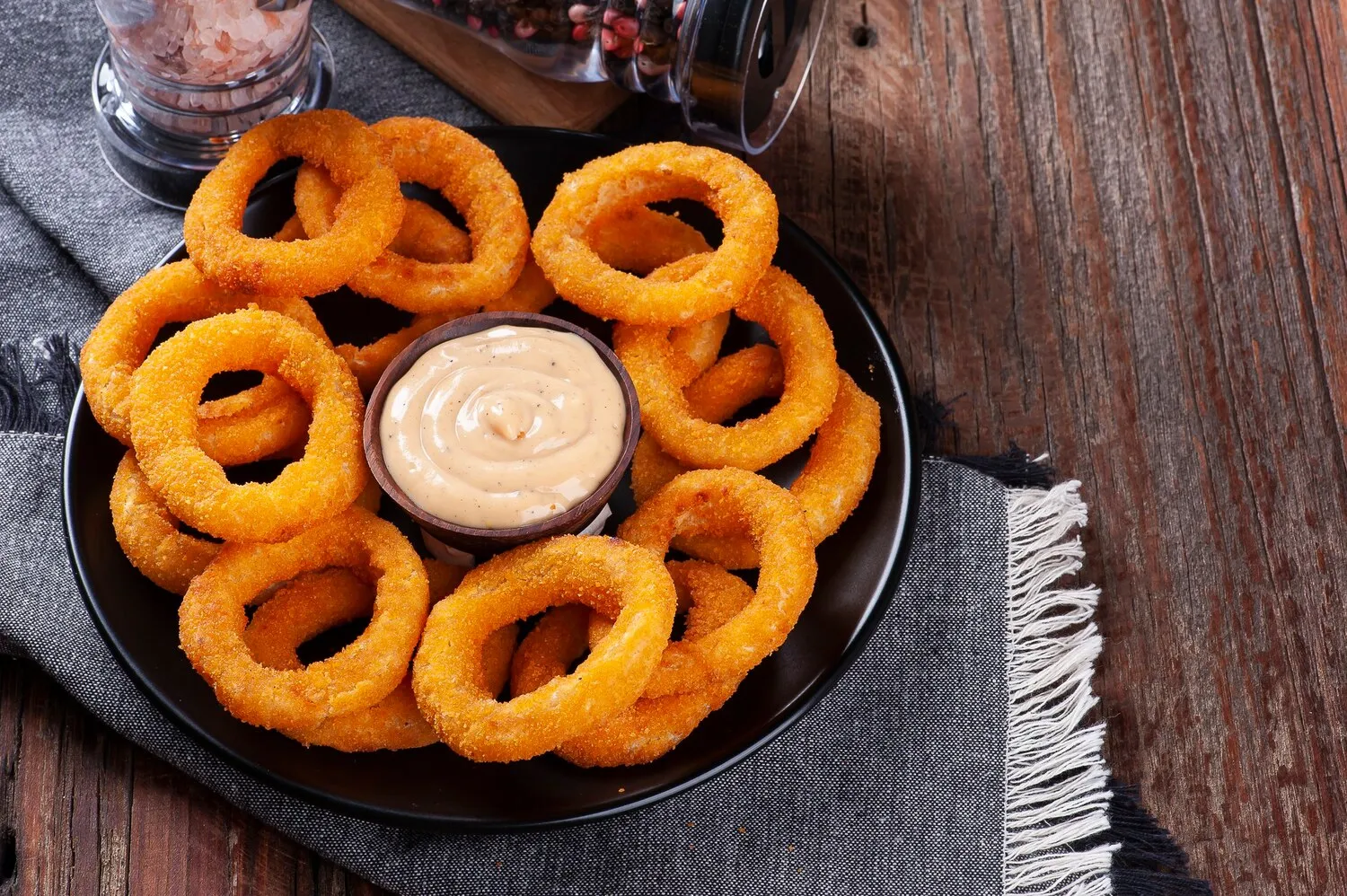
French Fries
Classic french fries.
Nutrition Facts
* The % Daily Value (DV) tells you how much a nutrient in a serving of food contributes to a daily diet. 2,000 calories a day is used for general nutrition advice.
The exact origins are debated, with both Belgium and France claiming to be the birthplace of fried potatoes. However, the common story suggests they originated in Belgium, possibly as a substitute for fried fish when rivers froze over in winter. The name 'French fries' is thought to have been popularized by American soldiers during World War I, who encountered them in the French-speaking part of Belgium.
French fries are a ubiquitous fast food item and side dish enjoyed globally. They represent a simple, accessible comfort food often associated with casual dining and social gatherings.
Fast Food Staple
French fries are a cornerstone of fast food culture worldwide, commonly served alongside burgers, chicken nuggets, and other popular items. They are a quick, convenient, and affordable option for many.
Sauce Accompaniment
Fries are rarely eaten plain, and a wide array of dipping sauces are used. Ketchup, mayonnaise, mustard, aioli, and various other regional and cultural sauces are all popular choices.
Cultural Variations
While the basic concept is the same, variations exist across cultures. In Belgium, fries are often served with a large dollop of mayonnaise and various other sauces. In Canada, they are a key component of poutine, a dish of fries, cheese curds, and gravy.
French fries are predominantly savory, characterized by their salty, starchy potato flavor and the textural contrast between a crispy exterior and a soft, fluffy interior.
The primary flavor comes from the potato itself, with variations depending on the potato variety used (Russet, Yukon Gold, etc.). The cooking oil (vegetable, canola, peanut, etc.) also imparts a subtle flavor. Salt is the most common seasoning, although various herbs, spices, and sauces are often added to enhance the taste. The frying process creates Maillard reaction products, contributing to the characteristic browned color and savory aroma.
Potato Selection
Choose starchy potato varieties like Russet or Yukon Gold for a fluffy interior and crispy exterior. Avoid waxy potatoes, which tend to become soggy when fried.
Cutting Technique
Cut potatoes into uniform sizes to ensure even cooking. Soaking the cut potatoes in cold water for at least 30 minutes helps remove excess starch, contributing to crispness.
Double Frying
The key to crispy fries is double frying. First, fry the potatoes at a lower temperature (around 300°F/150°C) to cook them through. Then, fry them again at a higher temperature (around 375°F/190°C) to achieve a golden brown color and crispy texture.
Salting
Salt the fries immediately after they come out of the fryer, while they are still hot. This allows the salt to adhere better and enhances the flavor.
Oil Temperature
Maintain a consistent oil temperature during frying. Using a deep-fry thermometer is very helpful. Overcrowding the fryer will lower the oil temperature, resulting in soggy fries.
Explore additional Side dishes and restaurants
Explore SideDiscover top dining spots and culinary experiences in San Antonio.
Explore San AntonioLearn more about the food culture, restaurant scene, and culinary heritage of United States.
Explore United States